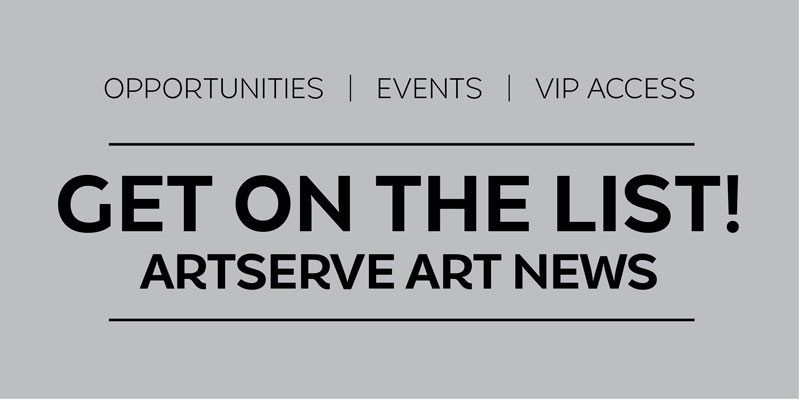CREATIVE EIGHT
8 Questions with Zipporah Michel


1. What situation or person motivated you to pursue art?
When I first saw The Lion King as a child, it was after I watched the making of it and learned about how over six-hundred artists got together to create this beast of a movie, continued to work on it even though their animation studio was hit by an earthquake, and the studio teams went out of their way to capture every detail of African landscape to create this legendary piece. Even after the Broadway version that highlighted African theater, I was also obsessed with tribal nobility and civilizations. My parents took me and my siblings to Mexico, to the Caribbean, Hawaii, Europe, the Mediterranean—anywhere where I was going to learn about ancient civilizations with its indigenous inhabitants, and the people’s modern lifestyle stemming from that.
2. From where do you draw your inspiration to create art?
I draw my inspiration from wanting to know if certain people existed. “Was there ever a mayor of this ethnicity in this century?” “Did civilizations have this problem?” “What holiday does this group celebrate during this season while we celebrate this one in the states?” Right now, my work concentrates on original characters representing a group or an actual figure in a stylized illustration.
3. What emotion are you trying to create for your audience through your art?
The feeling that I try to create for my audience is enlightenment and involvement. I’m not just bringing up all of these figures to alienate certain groups because of the histories that most of these tribes have. Some of these historical figures have been overlooked or written out. I want to depict these indigenous, African, and all of the above tribes (both ancient and modern) in the vibrancy that they deserve to be highlighted in.
4. Does an artist have an obligation to make a statement with their art?
Yes. I believe an artist does have an obligation to make a statement with their art. You owe it to yourself and not just others for your art to have meaning no matter the style because you committed to this work that no one else can do but you.
5. Was there ever a time when giving up was the right thing to do?
In terms of visual arts, no. I did have a few scares where I’ve had my art stolen and I couldn’t recover them—incidents that happened in high school and early college. I stopped submitting stuff to public exhibits for a time after that and tried to focus on academics, but really I know I shouldn’t have stopped painting and drawing simply because I was afraid of countless hours poured into canvas or paper being taken right under my nose. I loved doing art more than I was afraid of what could ultimately happen to it once it’s out there, but I gave myself enough of a pause to realize that Art is something I never want to stop doing in my life because it is my life.
6. Is there something in your past career that would surprise people?
Honestly, the original plan was for me to be a violinist or a vocalist, but I didn’t feel passionate about music the way my father did and he understood that after my first lesson. I also took up martial arts in junior high, but after getting a few sprains, my mom got really nervous about me continuing it, so it had to be put on hold while I was still attending magnet school.
7. What do you see as the most important attributes of a successful artist?
In my opinion, the most important attribute of a successful artist is knowing where you want to take your portfolio. It’s good to be adventurous in order to find your own personal style, but you have to know what your portfolio means altogether—why you did your pieces this way, why that object is always in your artwork, and what you are trying to tell people with your work.
Another is making connections. Go to an exhibit, meet new people because you never know what like-minded artist, curator, director, or attendee you’ll meet. As an introvert, I understand that it’s a bit much to throw yourself into a lot of social scenes at a time, but once you talk to other people in these social situations who are there for the same reason you are—because they love art—it all falls into place easily.
8. What is the most valuable life lesson you learned from creating art?
The most valuable lesson I’ve learned from creating art is that I should never be afraid to share it. I’ve created what I’ve put my heart and soul into—why keep it to myself?
ARTIST CONTACT
Zipporah Michel
www.tzipora-art.com
Instagram.com



